Top 10 Pacifier Alternatives & 6 Gentle Weaning Strategies
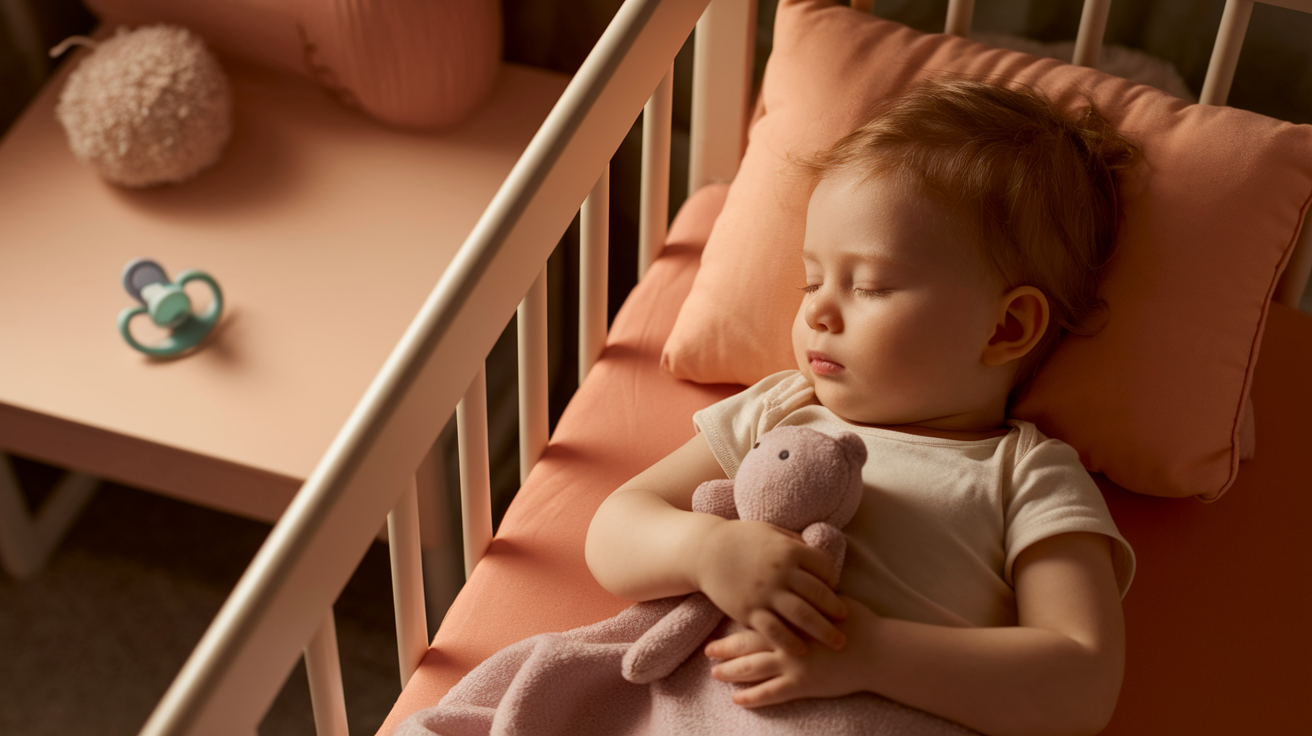
Many parents worry about when and how to wean their children off their pacifier.
The concerns are real: Will my child sleep through the night, and how do I handle the inevitable meltdowns that might follow? You are not alone in this.
I remember a mom who came to me in tears because her 2-year-old refused to sleep without his “binky.” The guilt she felt was overwhelming, but I assured her this struggle was more common than she imagined.
Parents everywhere face the same challenge of helping their children move away from pacifiers. The transition doesn’t have to be traumatic, regardless of your reasons for making the change.
This guide provides practical products and gentle strategies to help you transition away from pacifiers while supporting your child’s comfort and development.
What Is a Pacifier and What Does It Do?
Before finding alternatives, it’s helpful to understand what pacifiers actually provide for children.
A pacifier is a rubber, plastic, or silicone nipple that satisfies a baby’s sucking reflex and plays a key role in early development.
Pacifiers satisfy the non-nutritive sucking need all babies have. This reflex isn’t just about feeding; it’s a self-soothing mechanism that helps infants regulate emotions and feel secure.
I’ve observed that babies who use pacifiers often fall asleep faster and stay calmer during stressful situations.
Research published by The American Academy of Pediatrics shows that pacifiers can reduce the risk of Sudden Infant Death Syndrome (SIDS) when used during sleep times.
They also provide pain relief during medical procedures and can help premature babies develop stronger sucking reflexes.
Why Consider Pacifier Alternatives?
Through my years of practice, I’ve seen how prolonged pacifier use can impact children’s development in several ways.
- Dental Health Concerns: Using a pacifier beyond the age of 2-3 can lead to dental misalignment and bite problems.
- Speech Development Impact: Pacifiers can interfere with your child’s ability to practice speaking and develop clear pronunciation.
- Breaking Dependency Patterns: Over-reliance on pacifiers can prevent children from learning other self-soothing methods.
- Additional Health Considerations: The Orlando ENT report shows that pacifier use, especially beyond 6 months, may increase the risk of ear infections.
- Timing Matters: Most experts, including myself, recommend beginning the transition between 12-18 months, to complete weaning by age 2-3.
Let me share what research and experience have taught me about when it’s time to consider alternatives.
10 Pacifier Alternatives for Toddlers and Infants
Finding the right replacement for your child’s pacifier depends on understanding what comfort they are getting from it.
Some children need oral stimulation, others seek emotional security, and many require a combination of both.
1. Teethers
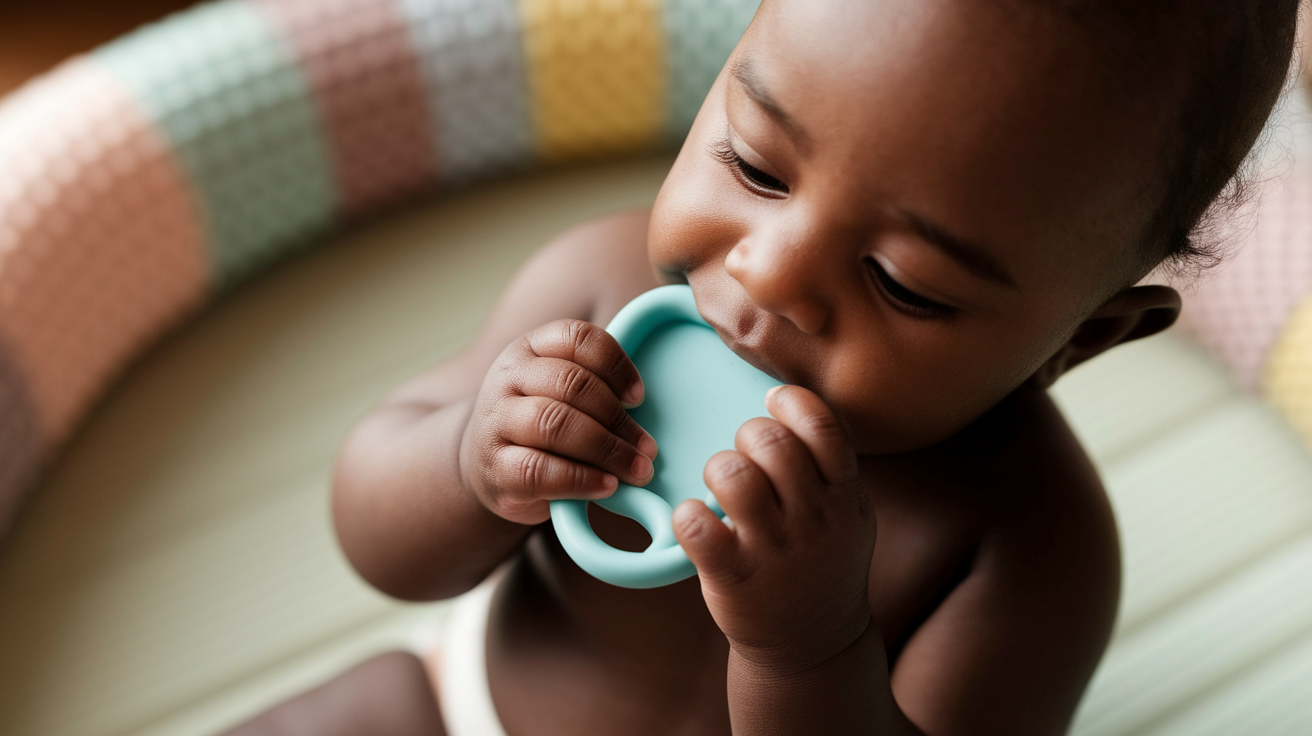
Teethers provide the oral stimulation many children seek from pacifiers. Choose options with different textures and temperatures.
I recommend silicone teethers that can be chilled in the refrigerator for extra soothing power during teething periods.
2. Sensory Toys
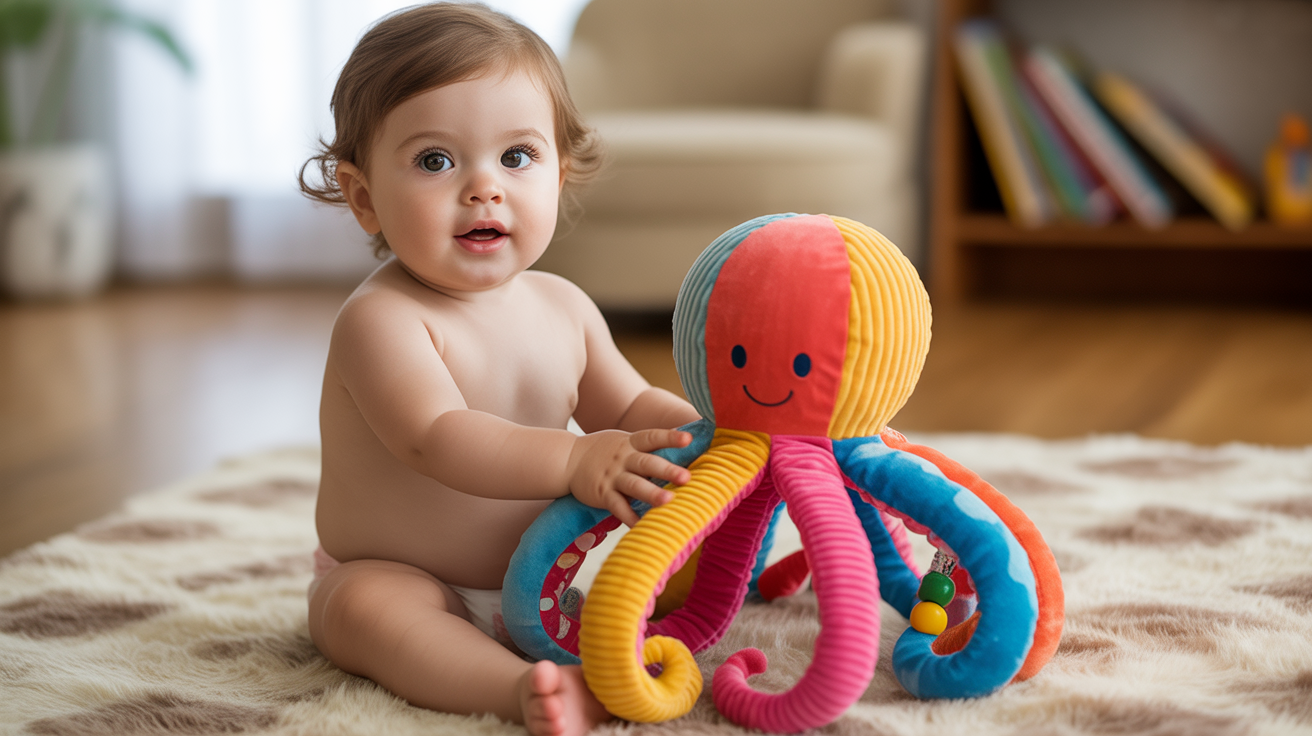
Toys that engage multiple senses can redirect your child’s attention from wanting a pacifier. Look for options with different textures, gentle sounds, or interesting visual elements.
These toys stimulate development while providing comfort.
3. Stuffed Animals or Loveys
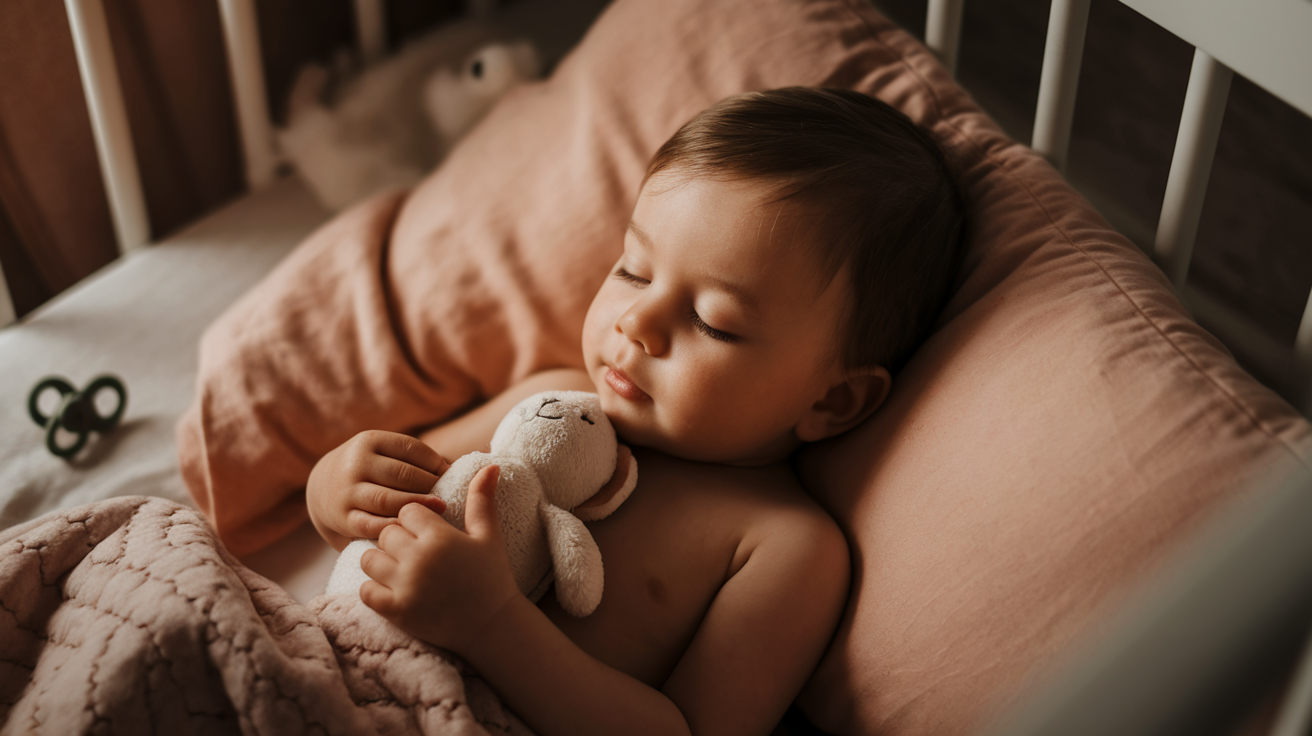
Soft comfort objects can serve as a substitute for the emotional security that pacifiers provide. I always suggest letting your child choose their special friend.
The sense of ownership makes the transition more meaningful and successful.
4. Interactive Books
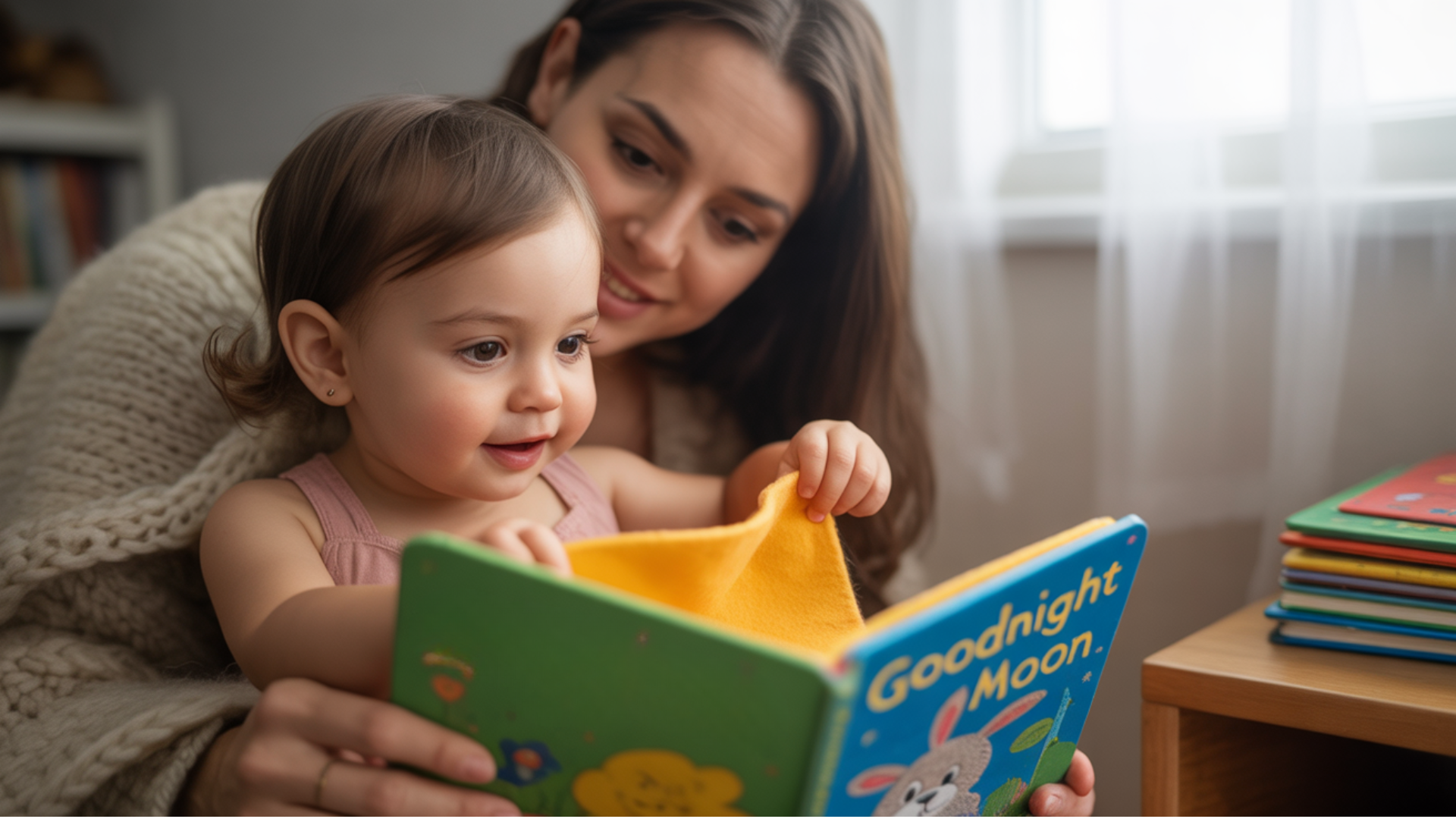
Books create calm moments and provide distraction during times when your child typically wants their pacifier.
Choose sturdy board books with textures or flaps that engage the child’s senses. Reading together also strengthens your bond during this transition period.
5. Cozy Blankets

A special blanket offers tactile comfort and can become a portable source of security.
Look for blankets with interesting textures or small enough to carry anywhere. Many children find the soft fabric satisfying to touch and hold.
6. Music and Lullabies
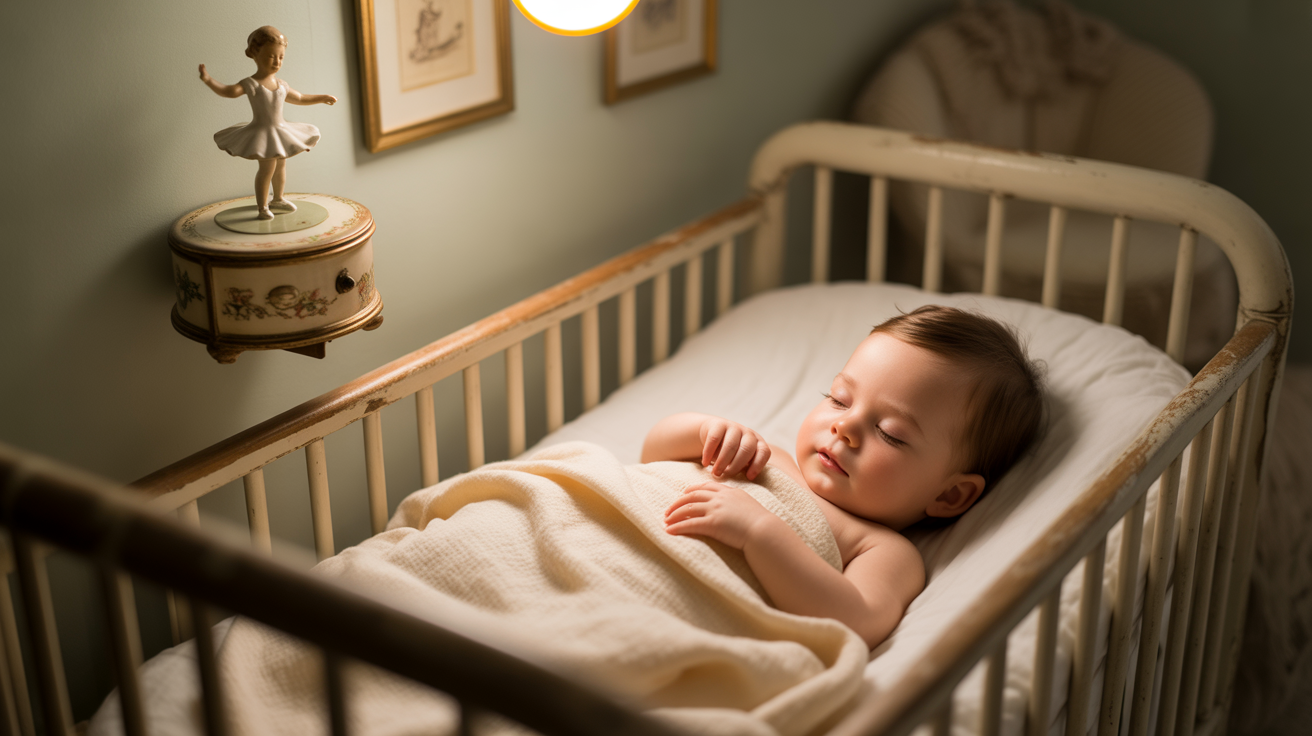
Soft background music or gentle lullabies create a soothing environment that can replace the calming effect of pacifiers.
I recommend making a special playlist that becomes associated with comfort and relaxation.
7. Sippy Cups with Soft Spouts
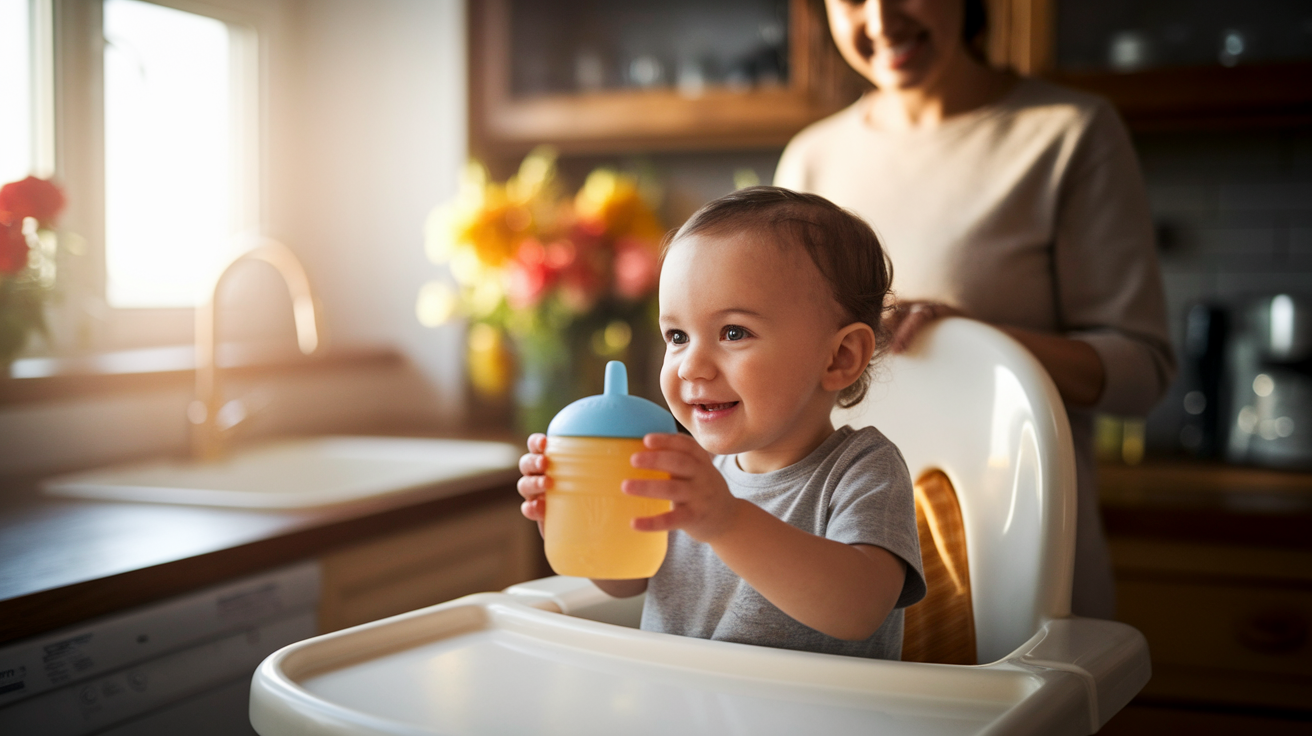
These cups mimic the sucking sensation of pacifiers while serving a practical purpose. Choose cups with handles that little hands can grip easily.
The familiar sucking motion helps satisfy oral needs while promoting independence.
8.Healthy Finger Foods
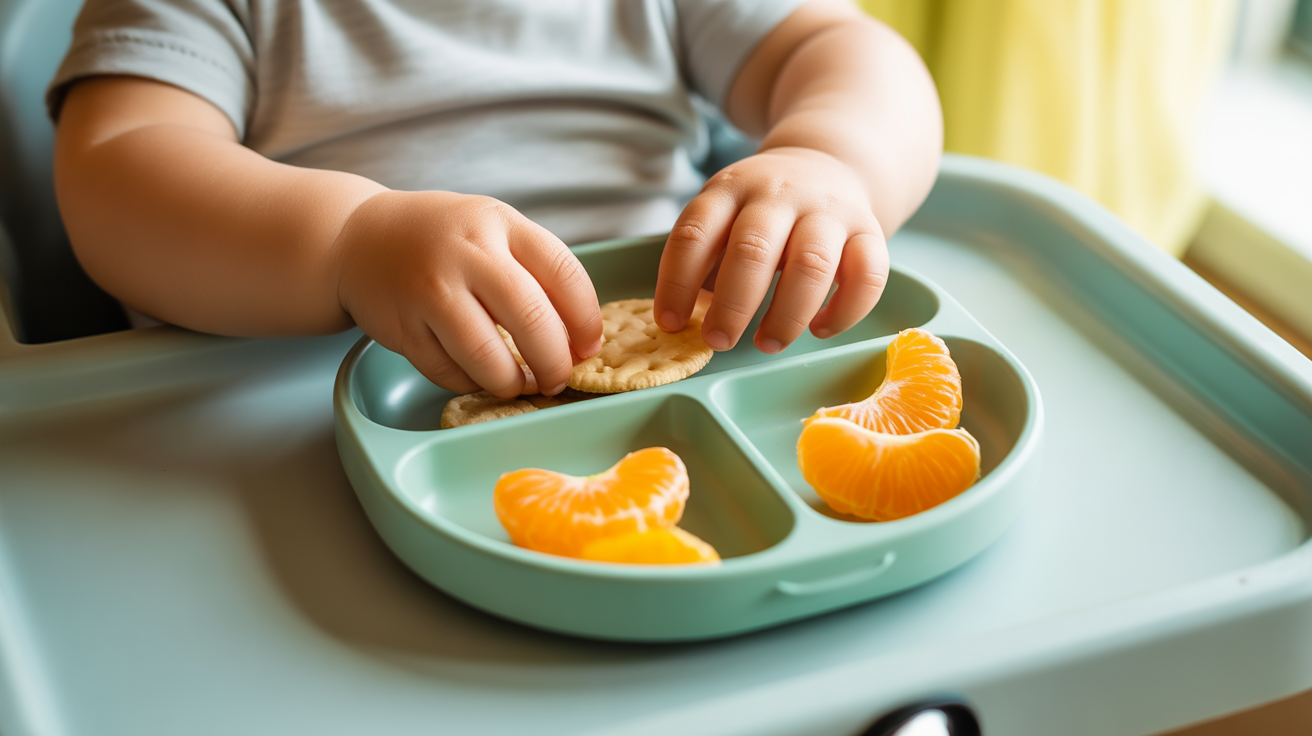
For older toddlers, appropriate finger foods can satisfy the oral need that pacifiers filled. Choose safe options, such as soft fruit pieces or crackers.
Food that can easily be held in their hands and munched on helps replace the pacifier.
9. Special Comfort Objects
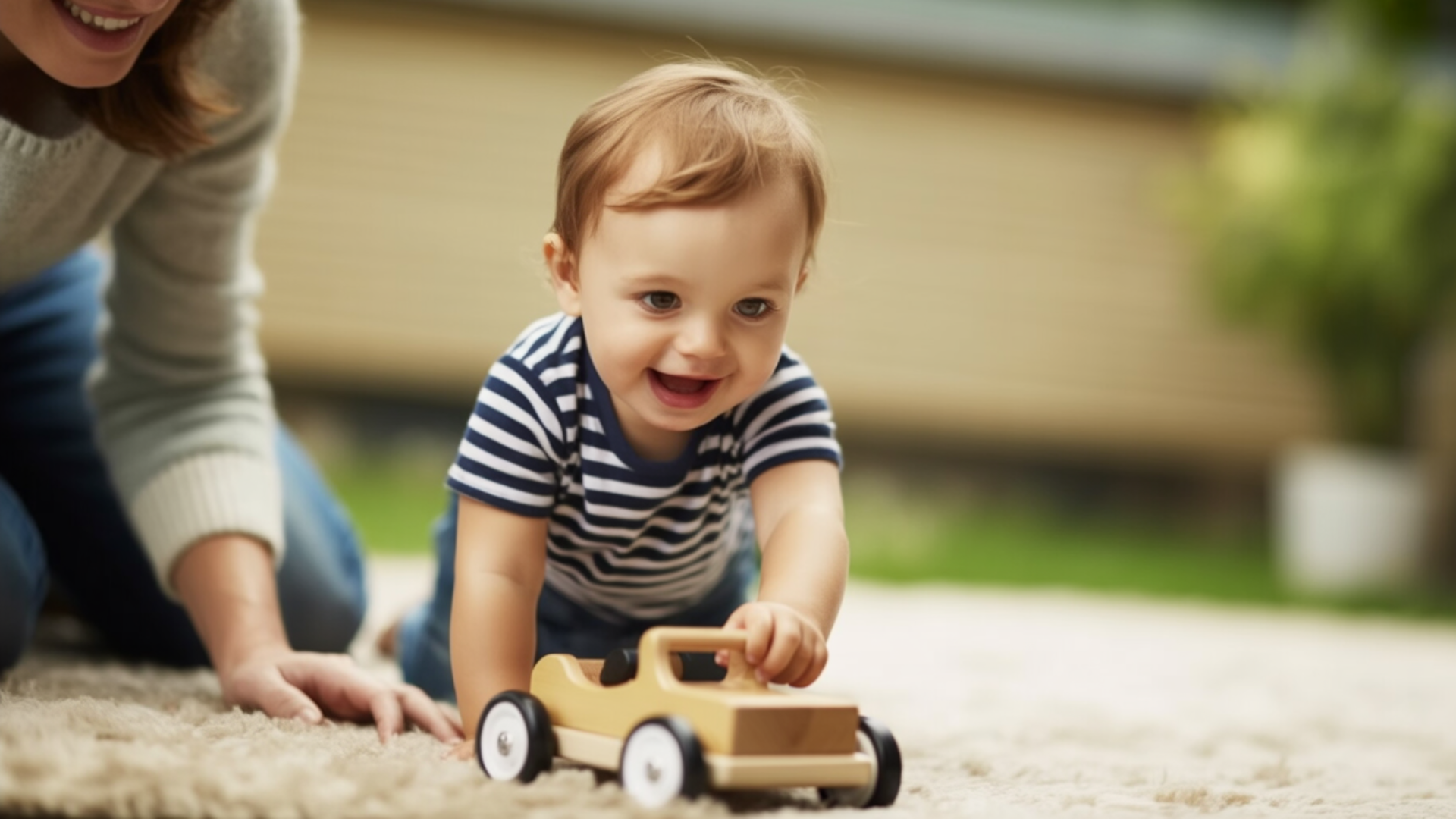
Allow your child to choose a special toy, doll, or object that becomes their new source of comfort.
The key is letting them lead this choice. Their investment in selecting their comfort item increases the likelihood of success.
10. Increased Parental Comfort

Sometimes, the best alternative is more physical comfort for you. Extra hugs, gentle rocking, or quiet cuddle time can fill the emotional need that pacifiers serve.
This approach strengthens your relationship while providing a sense of security.
Pacifier Weaning Strategies
The key to successful pacifier weaning lies in choosing an approach that matches your child’s temperament and your family’s lifestyle.
1. Gradual Reduction (The Slow Wean)
This gentle approach works well for sensitive children or those highly attached to their pacifiers. Start by limiting use to specific times, like naps and bedtime only.
Once your child adjusts to this change, gradually remove the pacifier from nap time and then finally from bedtime routines.
2. Create a “Goodbye” Ritual or Story
Children respond well to imaginative explanations that make the transition feel special rather than punitive.
I tried to tell stories about the “Pacifier Fairy,” who collects pacifiers to give to new babies and leaves a small gift in return.
3. Provide Alternative Comfort Objects
Introduce new comfort items gradually before completely removing the pacifier. This prevents your child from feeling like they’re losing something without gaining anything in return.
Let them help choose their new comfort object to increase buy-in.
4. Use Distraction and Engagement
Increase engaging activities during times when your child typically wants their pacifier.
Arts and crafts, outdoor play, or special one-on-one time can redirect their attention and energy toward positive activities.
5. Prepare Your Child in Advance
Discuss the upcoming change days or even weeks in advance of starting. Use simple language appropriate for your child’s age.
Explain that they’re growing up and learning new ways to feel comfortable and safe.
6. Adjust Sleep Routines
Replace pacifier-dependent sleep associations with new calming activities. Try gentle music, extra story time, or a special stuffed animal. Be patient as your child learns these new sleep cues.
I’ve seen families succeed with both gradual and immediate approaches, depending on their unique circumstances. These strategies can be used individually or combined to create a personalized plan tailored to your child’s needs.
Additional Tips for Success
Through years of guiding families through pacifier transitions, I’ve learned that certain approaches consistently lead to better outcomes.
| Tip | Why It Matters |
|---|---|
| Maintain Consistency | All caregivers should follow the same approach to avoid confusion. Mixed messages can prolong the transition and create anxiety for your child. |
| Expect Some Regression | Be prepared for challenging moments, especially during times of illness or stress. Children often seek familiar comforts when they’re not feeling well or facing changes. |
| Celebrate Small Wins | Praise your child’s efforts and acknowledge that change can be hard. Recognition of their progress builds confidence and motivation to continue. |
| Watch for New Habits | If your child develops thumb-sucking during the transition, consult your pediatrician for guidance. Early intervention prevents new dependencies from forming. |
| Stay Patient | Remember that every child moves at their own pace. Rushing the process often leads to setbacks and increased resistance. |
These practical tips, drawn from real-world experience, can make the difference between a smooth transition and a challenging one.
Conclusion
Transitioning away from pacifiers represents a significant milestone in your child’s developmental path.
The alternatives and strategies I’ve shared are based on years of helping families make this change successfully.
Remember that every child moves at their own pace, and what works for one family might need adjustment for yours.
The key is approaching this transition with patience, understanding, and creativity. Be gentle with yourself and your child during this process.
Seek support from other parents, your pediatrician, or child development professionals when needed.
What pacifier alternatives worked best for your family? Share your experiences and tips in the comments below to help other parents on this ride!






